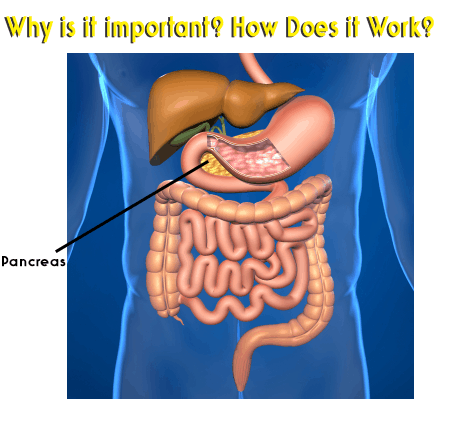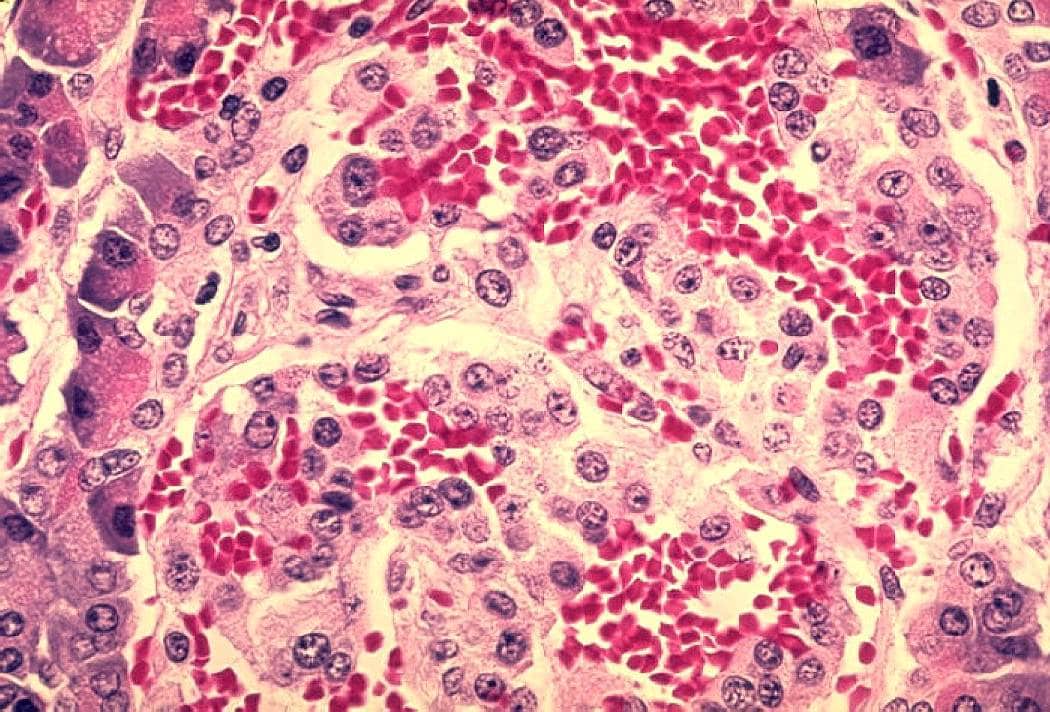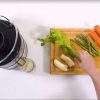 One of the really cool things about the human body is that not one part of it does just one thing; every part of our bodies has multiple important functions and all of the systems work together on even more multitasking. Our bodies were designed to be incredibly efficient machines, if they’re working properly.
One of the really cool things about the human body is that not one part of it does just one thing; every part of our bodies has multiple important functions and all of the systems work together on even more multitasking. Our bodies were designed to be incredibly efficient machines, if they’re working properly.
Because all of these parts and systems multitask on their own and multitask even more in conjunction with other parts of the body, it’s extremely important to do what we can to keep each component healthy. Sometimes we focus so much on fat loss, muscle-building and changing our appearance that we neglect system health, but the fact is that having healthy organs has a huge impact on things like losing fat and building muscle. When everything on the inside is functioning well, it’s much easier to get the outside looking great.
In this post, I want to talk with you about one of the most important organs, the pancreas. The pancreas doesn’t get a whole lot of attention in the fitness/nutrition arena, but it actually plays a really important role in both losing fat and building muscle.
2 Important Roles of the Pancreas
The pancreas is a small organ located behind the stomach, near the liver. It has two key functions.
1. The first is that it produces many of the enzymes needed to help us digest our food. These enzymes break the food down once it reaches the small intestine, so that we can absorb the nutrients. They also help neutralize the stomach acids so they don’t damage the intestine as food passes through it.
2. The second function of the pancreas is that it produces insulin. Without that insulin, or with insufficient insulin due to an unhealthy pancreas, our body is unable to remove sugar from the bloodstream (leading to Type 2 diabetes) or to transport glycogen (the usable form of calories) into the muscle cells so that it can be used as fuel.
The upshot of a poorly performing pancreas is poor muscle growth, high blood sugar, obesity, fatigue, malnutrition and also high cholesterol, due to our body’s inability to properly digest fats and sugars.
5 Steps To Having a Healthy Pancreas
Several studies have been done on pancreas health and they’ve provided some great guidelines for keeping your pancreas happy and functioning at optimal levels.
Step 1: One of the most important things you can do is to eliminate fried and very fatty foods from your diet, as they can lead to gallstones and gallstones are one of the leading causes of pancreatitis, a condition in which the pancreas is unable to release digestive enzymes and the enzymes actually start “digesting” the pancreas itself.
Step 2: Another important step is to stop smoking if you do smoke. In one recent study, smokers were shown to be twice as likely to develop pancreatitis.
Step 3: It’s also important to eat plenty of fresh fruits and vegetables, especially those highest in three important flavonols: myricetin, kaempferol and quercetin. An 8-year study showed that people who got more of these important flavonols were 23% less likely to develop pancreatic cancer. You can get them by eating plenty of kale, Swiss chard, spinach, white beans, onions, asparagus, apples, blueberries and cranberries.
Step 4: Take digestive enzymes but rotate on and off. I suggest 3 months on, followed by a 6-week break to ensure your pancreas isn’t stopping the production all together.
When the pancreas does not produce enough enzymes to break down food, pancreatic enzyme products are needed for proper vitamin and mineral absorption. These products help improve digestion and absorption of food. You are WHAT YOU ABSORB!
8 Warning Signs You Shouldn’t Ignore
Here are some symptoms associated with pancreatic enzyme insufficiency:
- indigestion
- cramping after meals
- gas
- foul smelling gas or stools
- floating or greasy/fatty stools
- light-colored, yellow or orange stools
- frequent stools
- loose stools
* if you are experiencing any of the above, you likely are not absorbing your food’s minerals and vitamins. Now is the time to take digestive enzymes. It’s important that you take digestive enzymes in waves. I cycle my enzymes: 3 months on, 6 weeks off. If I start to get any of the above symptoms, I will take the enzymes again for 3 months and go off them for 6 weeks. After the six weeks, I will start to take them again, using more when I eat foods that my body usually doesn’t agree with or with processed foods.
*Also, I recommend you use digestive enzymes during your 6-week off phase when you are eating highly processed foods and foods that you are allergic or sensitive to. See what I use below…works every time!
Step 5: Lastly, you can decrease your risk of fatty liver and excess abdominal fat, both of which impair the pancreas, by getting regular exercise.
The pancreas may not be the sexiest organ going, but it is essential to your health and to losing fat and building muscle, so take good care of it.
Thank You for Reading!! As always you can leave your comments below! I am happy to answer any questions.
For those of you who are curious about what I would suggest for supplements that support pancreatic function, you can check out digestive enzymes at the BioTrust website by clicking here.











Great info Flavia!! Thanks for doing this research And shAring it with your readers!
Thank you Flavia for this very interesting article! However I disagree at one point: it is not true that fatty foods may lead to gallstones. Gallstones appear because our liver doesn’t produce enough bile. Without bile fat can not be digested properly. Why does the liver not produce enough bile? Mostly because most of us don’t eat enough bitters and because our liver has so many jobs to do that we should strengthen it more often. To do that we could use milk thistle, reishi or artichokes, to produce enough bile (and stomach acid, saliva and other digestive fluids) we should eat or drink more bitters like bitter teas (yarrow for example) or eat dandelion in salads. I am grateful that you write about organs that are very often underestimated. Thanks for that!
This is very helpful! Indeed, the pancreas is an organ often overlooked but when neglected it can mess up our bodies pretty well. An alarming number of people ignore these symptoms just because they’re not chronic but decide to take action when they develop pancreatitis.
Healthy diet plus enzymes and mild exercise are part of the short action plan.
Hi Flavia,
Thanks for the post. Being a type 2 diabetic myself i’ve learnt just what an important organ the pancreas is for our bodies.
Cheers
Hi Flavia, thanks for the nice info post, I learn something from it.